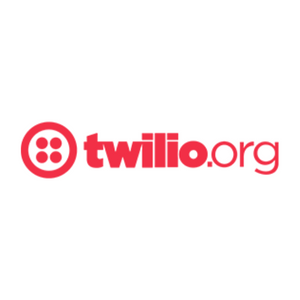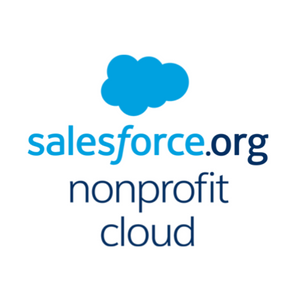Insights
INSIGHTS
All Topics
My Account
How to communicate with your service users
14 Jun 2023by Laura Stanley
We explore how personalisation can improve the way that charities interact with their service users and program participants, with insight from digital communications experts Twilio
Personalising the way we interact with donors is an idea the charity sector is increasingly familiar with. But while charities might be familiar with personalising communications for donors, many have yet to do the same for their service users and beneficiaries.
In fact, according to the State of Nonprofit Digital Engagement report, personalisation was ranked first in areas that people would like to see organisations prioritise in order to improve their program experience.
While 77% of organisations believe the digital experience they provide is good or excellent, fewer than two thirds of program participants agree. Yet more than three quarters of non-profit organisations say that personalisation is a high or critical priority for 2022
Personalisation is a great way to build relationships, foster trust, and show your beneficiaries and donors alike that they matter to you. While it can feel like a difficult process, there are ways to make it easier, including starting with ensuring you meet your beneficiaries where they want to be met – on their preferred channel of communication.
Indeed, personalisation covers everything from choosing your channels to mapping more complex user journeys. With the help of the data housed in their CRM system or customer data platform (CDP), charities can tailor their interactions to different groups at different stages, from the first approach to completion of your program. Data from past participant experiences can inform how you personalise future interactions, too.
In this article, we explore what beneficiaries want when it comes to communications from charities and how this can be a gamechanger for charities looking to have the best impact.
What are the right channels for my audience?
The State of Nonprofit Digital Engagement report found that there was a disconnect between what charities were choosing to focus on and what program participants wanted.
For example, while 53% of nonprofits said they planned to focus on social media, only 39% of participants were asking for this. Conversely, while 36% of charities planned to focus on text messaging, around half (49%) of participants said they wanted this.
Text messaging was in particular demand across all age groups, but social media and messaging apps were preferred by younger program participants. Video conferencing and webchat were also preferred by younger audiences.
Baby Boomers and Gen X said they preferred to be contacted via established channels, like email and phone. More than half of nonprofits said they planned to prioritise email, with a similar proportion of participants (54%) across all age groups asking for it.
Overall, 45% of program participants said they wanted more personalised communications, while two in five said they wanted more digital communication options. The report also found high demand for on-demand services (44%) and two-way digital interactions (37%).
What’s next in personalised communications?
Knowing your audience’s preferred method of communications is an excellent place to start on your personalisation journey, and it can yield demonstrable results.
Twilio points to the example of Age UK, who were able to tackle chronic loneliness across the UK with its Call in Time service. Call in Time connects older people with volunteers through their preferred channel – phone calls.
Using Twilio’s platform, the charity was able to automate and increase their capacity from 3,500 calls a month to 10,000 a week. What matters most, of course, is that they were able to reach their audience in a way that both suited them and addressed the problem they were suffering.
Personalisation will continue to be key to providing charity beneficiaries with a good and fulfilling experience. Charities need to ensure they are adapting to their audience’s behaviour, not the other way around, selecting the right channels and delivering accessible services on demand.
Preferences will change over time so it is always worth checking in with your audience on a regular basis to see if their needs are being met. For example, as millennials and Gen Z become a larger percentage of our audience, reliance on what were once established channels – phone, post, and email – will likely need to change.
Charities can find more insight into what beneficiaries want when it comes to digital engagement in The State of Nonprofit Digital Engagement report.
Download the report
Click above to find out more about digital engagement in the charity sector by downloading The State of Nonprofit Digital Engagement 2022
Laura Stanley
More on this topic
Recommended Products
Recommended Products
17 Mar 2025by kirsty marrins
Working with grassroots organisations to deliver services
12 Mar 2025by Kalli Daffin
A guide to buying refurbished computers for your charitySponsored Article
11 Mar 2025by Charity Digital
Podcast: The digital service delivery landscape in 2025
07 Mar 2025by Ioan Marc Jones
A-Z incredible fundraising ideas for charity
Our Events
Charity Digital Academy
Our courses aim, in just three hours, to enhance soft skills and hard skills, boost your knowledge of finance and artificial intelligence, and supercharge your digital capabilities. Check out some of the incredible options by clicking here.
















